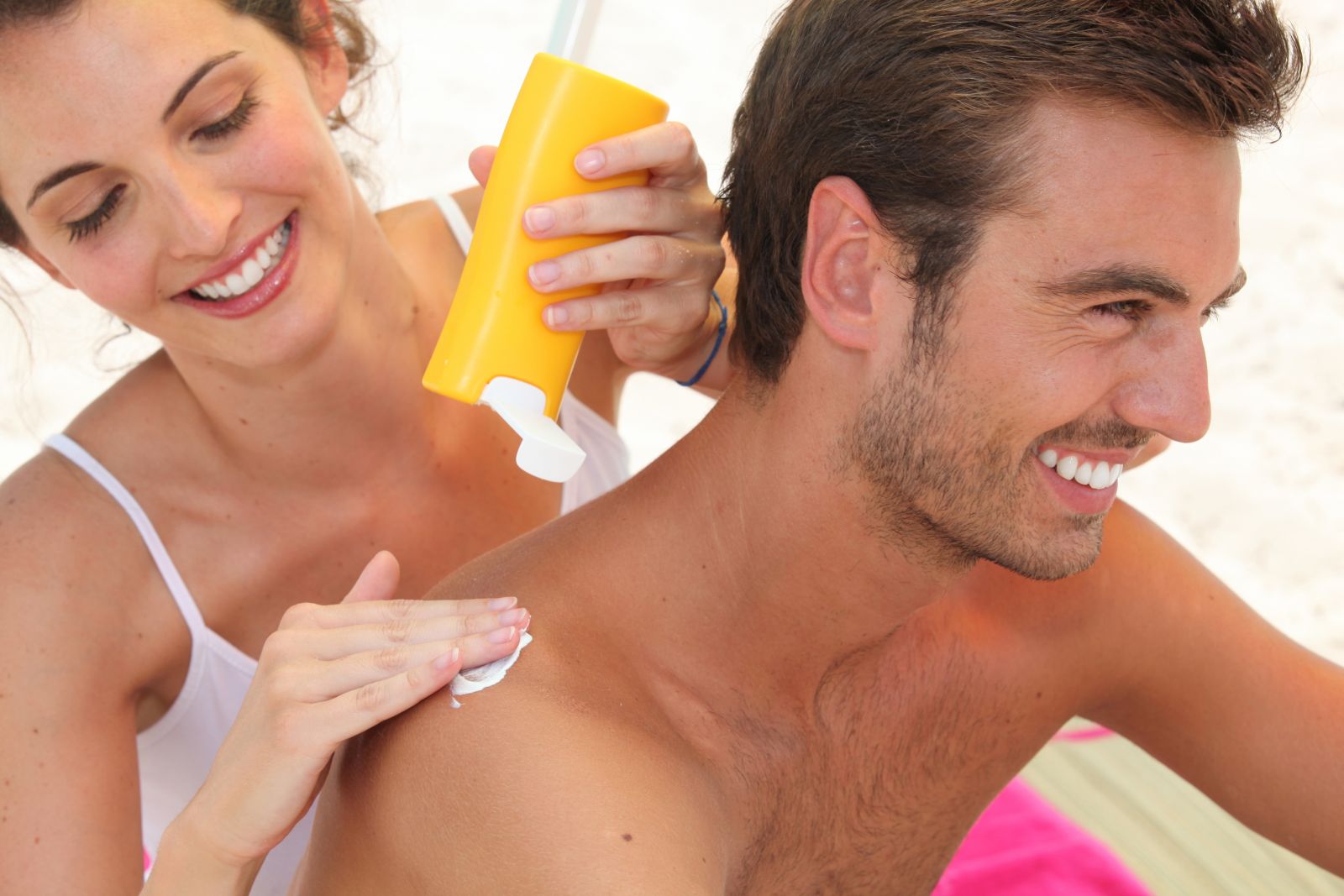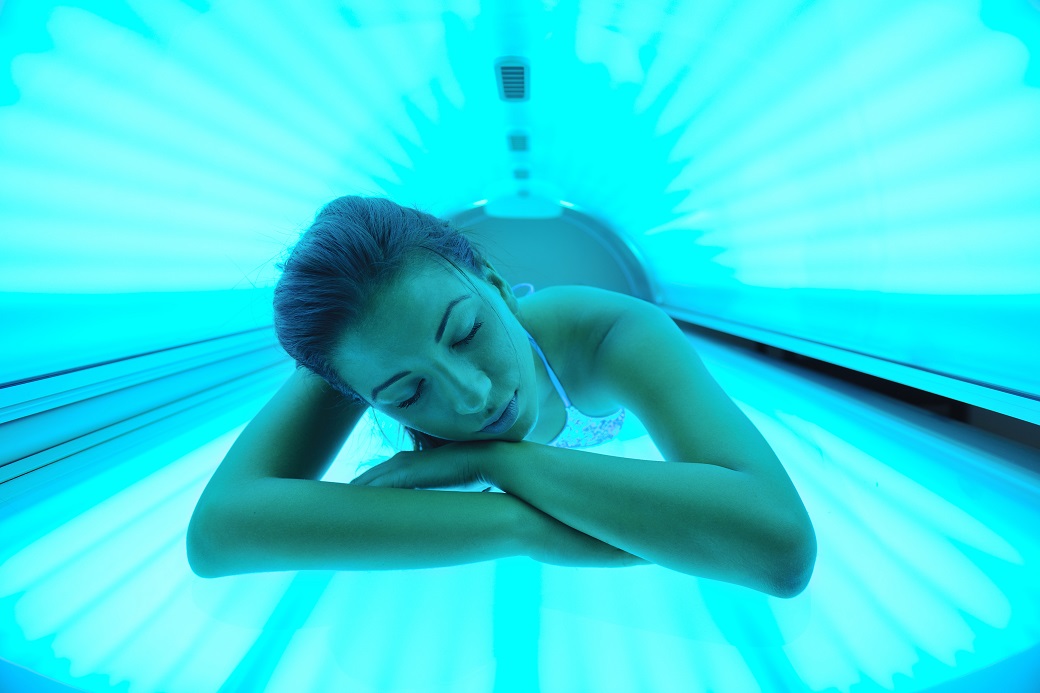Welcome to the DermacenterMD Blog
Posts for: April, 2016
.jpg) Hello My Friend,
Hello My Friend,
I sit down to write this blog post as I read yet another article about the potential health epidemic tied to the skin. What problem? Vitamin D is the problem. Maybe you have heard of the stir it has caused, and maybe not. According to WebMD, researchers have found low Vitamin D to be a problem in too many Americans. Scientific America reported up to three-quarters of U.S. teens and adults are deficient in Vitamin D, the so called “sunshine vitamin.”
What does this have to do with you and me? Well Vitamin D is a vitamin which uses a conversion process in the skin to make it useful for our body. The conversion process requires sunlight. So, many people have jumped on a bandwagon trying to encourage more sun exposure. The benefits are felt to be elevated Vitamin D levels and a reduction in the possible problems tied to low Vitamin D like cancer, heart disease, infection, and other health problems.
The problem is that skin cancer is also rising at epidemic proportions. In fact, over 3.5 million cases of basal cell or squamous cell carcinoma are diagnosed in the U.S. each year. Some experts estimate as many as 1 in 3 Americans will get skin cancer at some point in their life.
Therefore, we are caught in a dilemma. Should we get more sun or not? The American Academy of Dermatology has made it clear we cannot put ourselves at risk of skin cancer if possible. They provided a position statement to describe their recommendations which includes to continue protecting the skin from the sun and work to get Vitamin D from dietary supplements. Taking oral Vitamin D was felt to be the most important step in getting levels up to normal if they were low.
In short, we should be aware of this ‘hot topic’ as well as our own Vitamin D levels. In addition, we need to make sure we are taking enough daily, and still be aware of the harmful impact the sun can have on the body.
I wish you all much success, peace, and happiness.
Roger Moore, MD
 Now that Spring is here,it is important to remember that sunscreen is a must. It is essential that you protect your skin from the harmful rays of the sun. Taking the proper precautions when it comes to the sun can decrease signs of aging and reduce your chances of getting skin cancer. Below you will find the answers to common questions that you should know make a point to know and understand. Knowing what sunscreen is and how it works can help you in your efforts to protect your skin and keep yourself and the ones you love healthy.
Now that Spring is here,it is important to remember that sunscreen is a must. It is essential that you protect your skin from the harmful rays of the sun. Taking the proper precautions when it comes to the sun can decrease signs of aging and reduce your chances of getting skin cancer. Below you will find the answers to common questions that you should know make a point to know and understand. Knowing what sunscreen is and how it works can help you in your efforts to protect your skin and keep yourself and the ones you love healthy.
Below are several common sunscreen questions with answers taken from the Skin Cancer Foundation:
What Are Sunscreens?
Sunscreens are products combining several ingredients that help prevent the sun's ultraviolet (UV) radiation from reaching the skin. Two types of ultraviolet radiation, UVA and UVB, damage the skin and increase your risk of skin cancer. Sunscreens vary in their ability to protect against UVA and UVB.
What Are UVA and UVB?
Ultraviolet (UV) radiation is part of the electromagnetic (light) spectrum that reaches the earth from the sun. It has wavelengths shorter than visible light, making it invisible to the naked eye. Ultraviolet A (UVA) is the longer wave UV ray that causes lasting skin damage, skin aging, and can cause skin cancer. Ultraviolet B (UVB) is the shorter wave UV ray that causes sunburns, skin damage, and can cause skin cancer.
What Is SPF?
SPF – or Sun Protection Factor – is a measure of a sunscreen's ability to prevent UVB from damaging the skin. Here's how it works: If it takes 20 minutes for your unprotected skin to start turning red, using an SPF 15 sunscreen theoretically prevents reddening 15 times longer – about five hours. Most sunscreens with an SPF of 15 or higher do an excellent job of protecting against UVB.
What Does Broad-Spectrum Mean?
Broad-spectrum sunscreens protect the skin from both UVA and UVB rays. Beginning in December 2012, the U.S. Food and Drug Administration (FDA) began to implement new rules for "broad-spectrum" products.
Source: Skin Cancer Foundation. (n.d.). Retrieved May 21, 2015, from http://www.skincancer.org/prevention/sun-protection/sunscreen
 Have you heard about the uproar tanning salons have been under? It turns out there is growing concern that tanning beds lead to increased risk of skin cancer. The debate has gotten so intense some of the states and cities are imposing harsh regulations and fines on tanning businesses. In fact, the city of Chicago banned tanning for anyone under the age of 18 while Indiana passed a law making it illegal for anyone under the age of 16 to tan.
Have you heard about the uproar tanning salons have been under? It turns out there is growing concern that tanning beds lead to increased risk of skin cancer. The debate has gotten so intense some of the states and cities are imposing harsh regulations and fines on tanning businesses. In fact, the city of Chicago banned tanning for anyone under the age of 18 while Indiana passed a law making it illegal for anyone under the age of 16 to tan.
If this seems a bit harsh, we should consider the story of one of our patients who was having her first baby when a nurse we had seen recommended she see us for a suspicious mole. It turned out that the young lady of age 28 had been a frequent user of tanning salons. She had the suspicious mole on her lower back.
It turned out to be a melanoma, a potentially life threatening form of skin cancer. Fortunately for her, she had someone tell her to come in. She could not see the mole on her back and it was wonderful that the nurse at the hospital knew enough to send her our way. She is alive and doing well today because her melanoma was caught early.
She is one of several we have met who were frequent ‘tanners’ who ended up having melanoma. It has become my firm belief that tanning is not worth the risk. I also feel strongly that we should have a full skin exam every year since catching a melanoma early can truly be life saving. Get in for your exam today. Let’s keep you safe and strong for your bright future.
-Roger Moore, MD
 The low levels of Vitamin D in American today have caused a stir and confusion among health conscious individuals. According to an article published in the Archives of Internal Medicine in 2009 it was reported 23 percent of people in one survey had sufficient Vitamin D levels.
The low levels of Vitamin D in American today have caused a stir and confusion among health conscious individuals. According to an article published in the Archives of Internal Medicine in 2009 it was reported 23 percent of people in one survey had sufficient Vitamin D levels.
Vitamin D insufficiency is typically tied soft and weak bones which is medically termed rickets. There is growing concern that low Vitamin D levels may be tied to heart disease, diabetes, cancer, and other health related problems. Therefore, it is of importance that one maintains an appropriate Vitamin D level. It is also worth being aware that changes in how the blood levels were measured from the 1980s to current day may over dramatize the swing mentioned in the media.
The sun causes an action on the skin which does help the body synthesize Vitamin D. Among dermatologists who regularly recognize and treat skin cancer, this becomes an important topic because there is a significant and unquestionable correlation between sun exposure and skin cancer. Asking patients to get more sun exposure is contributing to an ongoing epidemic in skin cancer, according to many skin cancer experts.
Though there is not a quick and rapid solution, the American Academy of Dermatology recommends patients work to get their Vitamin D levels up through oral supplementation.This means eating foods which have higher levels of Vitamin D such as salmon, tuna, mackerel, and Vitamin D-fortified dairy products, such as milk. In addition, taking supplements with Vitamin D can be helpful.The Institue of Medicine established a Recommended Dietary Allowance (RDA) of 400 IU per day for infants, 600 IU per day for those age one to 70 and 800 IU per day for age 71 and older. It is also worth noting that too much Vitamin D can be a problem as well, so for people age nine and older individuals should not take more than 4000 IU.
The topic is one of debate and will continue to be an important area for health concerns in the future.
Sources:
>Scientific America - Vitamin D deficiency soars in the U.S., study says New research suggests that most Americans are lacking a crucial vitamin. March 23, 2009 |By Jordan Lite
>Americans Low on Vitamin D By Jennifer Warner, Reviewed by Elizabeth Klodas, MD, FACC on March 25, 2009
>Let's not call it the sunshine vitamin Public talking about vitamin D as IOM and AAD issue new recommendations By Jan Bowers, contributing writer, May 02, 2011
Archive:
Tags
- dry skin (2)
- moisturizer (1)
- sensitive skin (3)
- PA (2)
- Skincare (2)
- skin cancer (29)
- cancer (6)
- facts (1)
- skin (19)
- dermatology (22)
- skin care (19)
- cosmetic (2)
- wrinkles (1)
- Botox (4)
- Dysport (3)
- sleep (1)
- look good (1)
- daily routine (1)
- healthy lifestyle (1)
- doctor (2)
- patient (1)
- sun protection (5)
- sunscreen (14)
- aging dermatology (1)
- providers (1)
- tanning (2)
- sun (6)
- UVA rays (2)
- UVB rays (2)
- melanoma (10)
- Acne (2)
- Treatment (2)
- sunscren (1)
- sun exposure (5)
- Melanoma Monday (2)
- Skin Cancer Awareness Month (1)
- education (2)
- skin cancer specialist (1)
- basal cell carcinoma (1)
- squamous cell carcinoma (1)
- ingredients (2)
- improve your smile (1)
- cosmetics (1)
- laser (1)
- fillers (2)
- sunburn (3)
- avoid the sun (1)
- hat (1)
- sun clothing (1)
- SPF (1)
- Rosacea (3)
- NP (1)
- Nurse Practitioner (1)
- mid-level provider (1)
- physician (1)
- dermatologist (6)
- cosmetic dermatology (4)
- anti-aging (2)
- youthful looks (1)
- Eczema (2)
- rash (2)
- itch (1)
- the rash that itches (1)
- reduce itch (1)
- itching (1)
- getting along with others (1)
- basal cell (2)
- squamous cell (2)
- detection (1)
- Mohs surgery (2)
- photoaging (1)
- Inspiring (1)
- word of the day (1)
- inspiration (3)
- uplifting (1)
- protection (4)
- lips (1)
- reduce wrinkles (1)
- look younger (1)
- encouragement (1)
- never give up (1)
- you can do it (1)
- medical school (1)
- dreams (1)
- brown spots (1)
- moles (2)
- liver spots (1)
- age spots (1)
- Abe Lincoln (1)
- life lessons (1)
- lip cancer (1)
- health (12)
- motivation (1)
- work (1)
- people (2)
- home life (1)
- lifestyle (1)
- ABCDEs of Melanoma (1)
- mole (1)
- skin check (2)
- skin facts (2)
- odd (1)
- fun (1)
- interesting (1)
- lung cancer (1)
- disease (1)
- Christmas (2)
- gifts (1)
- sun burn (1)
- winter skin tips (1)
- itchy skin (1)
- winter skin (1)
- myths (1)
- myth busted (1)
- skin protection (1)
- sunscreen safety (1)
- specialist (1)
- red skin (1)
- irritation (1)
- feel good (1)
- helping (1)
- help (1)
- helping others (1)
- treatment options (1)
- skin health (9)
- Vitamin D (2)
- tanning beds (1)
- skin health. dermatology (1)
- sunshine (1)
- awareness (1)
- prevention (1)
- sun damage (3)
- connections (1)
- working together (1)
- health care (1)
- biotin (1)
- medical (1)
- aging (1)
- elkhart (1)
- Roger Moore (1)
- check (1)
- skin type (1)
- skin cancer prevention (1)
- gift guide (1)
- Christmas gift guide (1)
- Dr. Roger Moore (1)
- holidays (1)
- family history (1)
